How to Determine Whether a Diamond is Natural or Lab-Grown
Introduction:
Whether you're looking for an engagement ring or just interested about a diamond's origin, knowing whether it's natural or lab-grown is an important step. Although numerous testing machines are available at jewellery stores, they frequently produce inaccurate findings. Professional testing techniques carried out in qualified laboratories are the most reliable way to ensure accuracy.
In this article, we will explain the testing processes used to determine if a diamond is natural or lab-grown, as well as insights into the advanced technology used in leading testing laboratories.
The main four processes which are used to test the origin of a diamond are as follows:
Ultraviolet (UV) Testing:
Ultraviolet (UV) testing is a common method to differentiate natural diamonds from lab-grown ones. In this test, a gemmologist employs a UV lamp to illuminate the diamond. Natural diamonds may exhibit fluorescence, emitting a blue or yellow glow when exposed to UV light. Conversely, lab-grown diamonds often lack fluorescence. Nonetheless, it is worth noting that some natural diamonds do not fluoresce, and lab-grown diamonds can be engineered to fluoresce artificially, rendering this test less foolproof on its own.
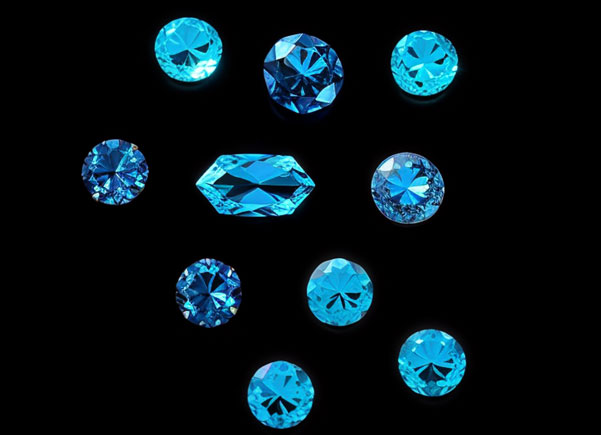
Spectroscopy:
Spectroscopy constitutes a more advanced technique, utilising a spectrometer to analyse the diamond's spectrum of light absorption. Natural diamonds possess unique spectral features due to impurities, such as nitrogen, whereas lab-grown diamonds often lack these distinctive characteristics. While valuable, this method may still not provide unequivocal results, as some lab-grown diamonds are designed to replicate these spectral attributes.
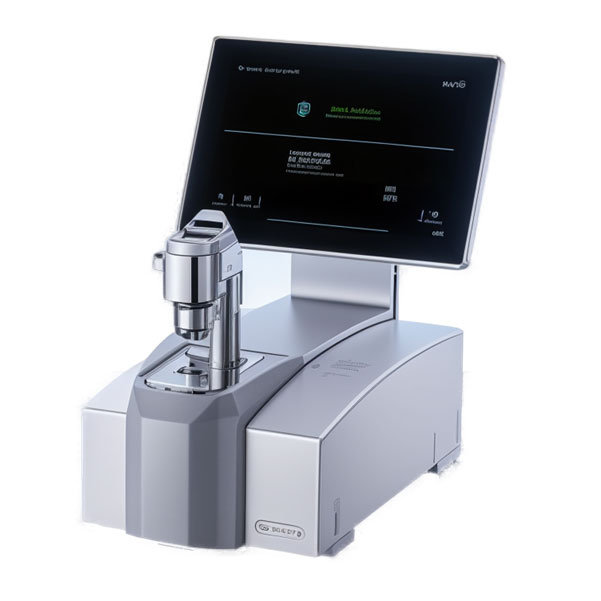
X-ray Diffraction (XRD):
X-ray diffraction stands as a powerful tool in determining a diamond's origin. By subjecting the diamond to X-rays and examining the resulting diffraction pattern, scientists can identify the crystal structure. Natural diamonds boast a unique cubic crystal structure, while lab-grown diamonds may exhibit different patterns. This test is renowned for its accuracy and dependability.
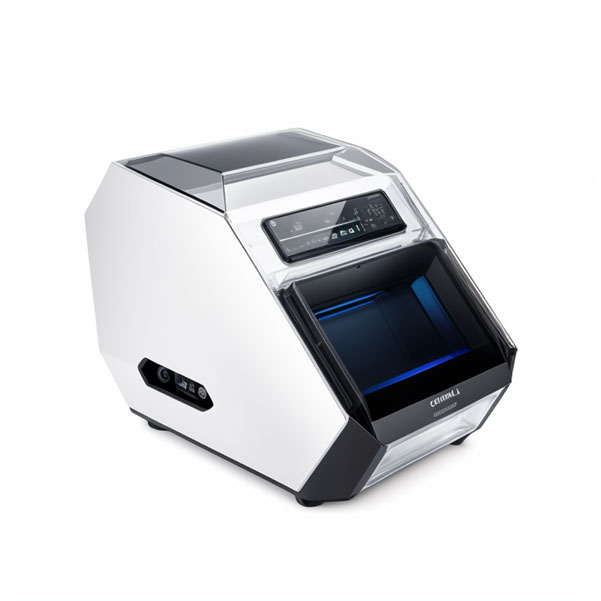
Infrared Spectroscopy:
Infrared spectroscopy assists in identifying impurities within diamonds by measuring their absorption of infrared light. Natural diamonds contain trace elements like boron or nitrogen, yielding distinct infrared spectra. Lab-grown diamonds, in contrast, typically lack these impurities, making them distinguishable through this method.
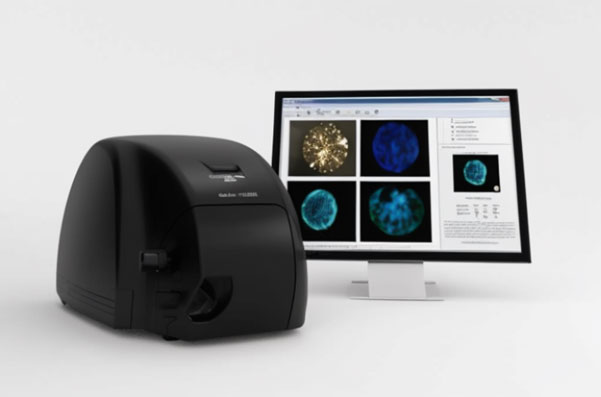
Summary
To ascertain the origin of a diamond, whether it is natural or lab-grown, requires a comprehensive evaluation involving a combination of tests. While simple shop testing instruments are widely available, they are frequently regarded as unreliable since they rely on basic processes.
For precise results, it is advisable to seek the expertise of professional gemmologists in specialised testing laboratories. All of the Diamonds used by Angelic Diamonds have been screened and tested by experts who have access to cutting-edge equipment designed and manufactured by the De Beers Group, ensuring that you receive the utmost assurance with the jewellery you receive.
You May Also Like

10 Cool Ideas For A Unique Wedding Reception
So much work goes into planning a wedding that you’ll be complet ...

8 Things To Do As Soon As You Get Engaged
Getting engaged is one of the most exciting times of your life! After ...
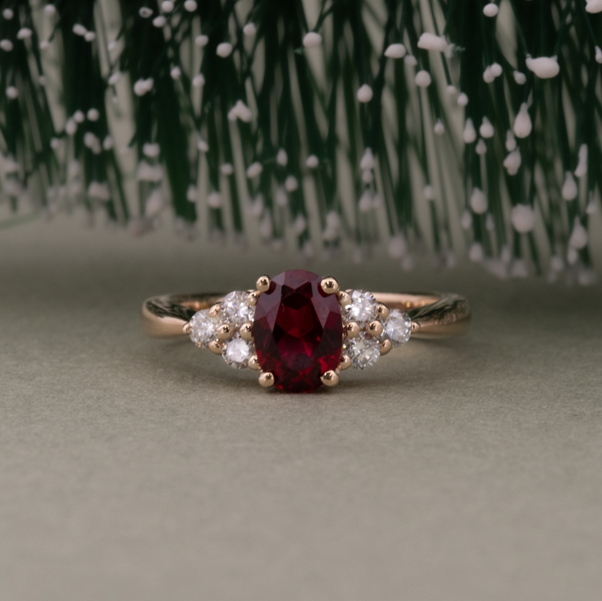
5 Reasons to Choose a Bespoke Engagement Ring
You’ve found the person you want to spend the rest of your life ...
